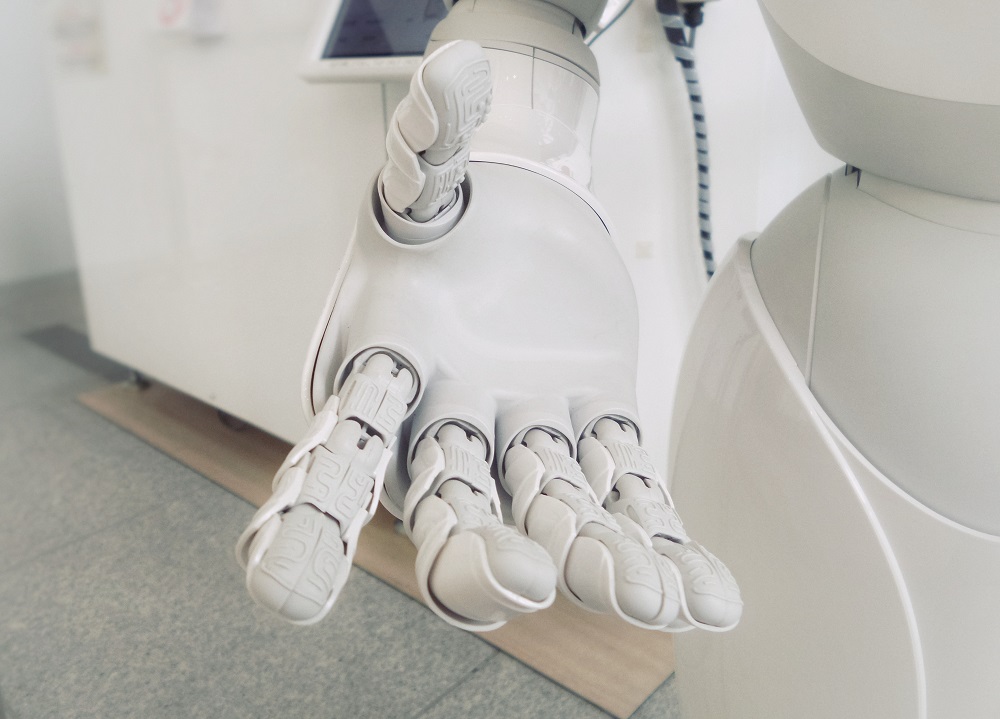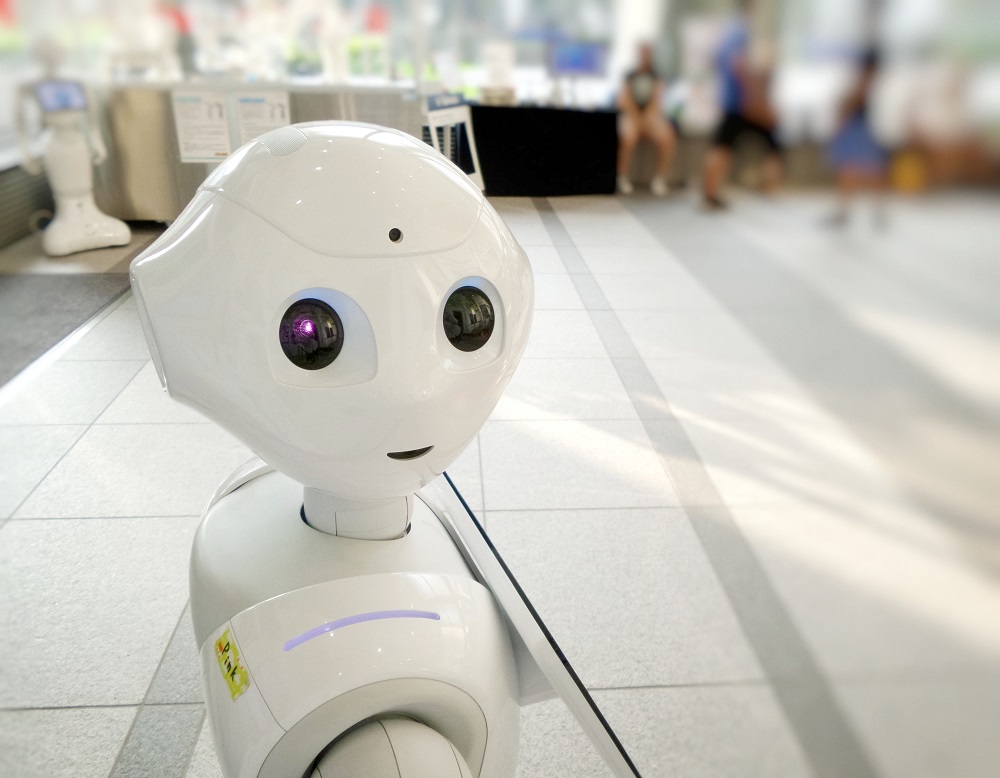We often consider technology as the latest innovation: the smartphone and the VR headset. It’s only by taking a longer view to understand how tech advancements are entwining with our existence.
Technology has had to accelerate to keep up with the growing demand and competition. It has been observed that advances in computing power are largely keeping pace with Moore’s Law. After nearly four decades of exponential increases, businesses are doubling an immense amount of processing power every two years. This has led to astonishing leaps forward in technological capabilities. Today, technology goes beyond computers, cars, and gadgets.
But the cost of advanced technologies is plummeting.
Read more: An Experiment on Effect: How Virtual Technologies like Metaverse Transform Our Way of Life
Advancements in artificial intelligence (AI) and machine learning (ML) are accelerating at a faster pace every day, but how fast?

Moore's Law illustrates the principle that the speed, as well as the capability of computers, can be expected to double every two years. In economic terms, this indicates that at a constant dollar, the computing capacity is likely to double every 18 to 24 months. But in today's age of AI, Moore's Law can become obsolete. In fact, machine learning is making it possible for computational capacity to grow up to 16x over the same two years.
That's how fast AI is moving!
Considering the recent tech advancements, the current AI-driven language modeling and image generation trends are finding a place in every organization at each operational level.
Digital transformation is equipping industries with unparalleled opportunities for value creation, from expanding industry profit pools to creating new revenue models and enabling exceptional access to global markets. At the same time, digitalization is producing benefits for society that are likely to surpass the value created for the industry. Digital initiatives being employed today hold the potential to enhance environmental sustainability, create employment, and make lives safer.
Previously it used to take Fortune 500 companies an average of 20 years to reach a billion-dollar valuation, but today's digital startups are getting there in just a few years.
.jpg)
While innovative technology is becoming ubiquitous and accessible to the wider population, it is profoundly impacting the way consumers interact with brands. Customers are developing insatiable expectations for speed, convenience, and nonstop connectivity. Further, these newer generations of digital natives are harder to surprise.
Read more: Tech-Related Ethical Concerns Businesses Should Address in 2022
Artificial Intelligence: The Next Transformative Frontier
Artificial intelligence (AI) is emerging as a clear and undeniable force for business disruption and transformation. Digital transformation backed by AI is delivering significant business benefits today—and holds the potential to shape the future in a greater form. But the major challenge now is how to scale up AI-led innovations to deliver the distinguished impact as efficiently and effectively as possible. At the company level, AI is enabling businesses to create and capture shifting value pools, create sustainable competitive advantage, as well as achieve profitable growth. The top focus points of AI technology systems are-
-
robotics autonomous vehicles
-
computer vision
-
language
-
virtual agent
-
machine learning
Artificial intelligence (AI) is predicted to unleash the next wave of digital disruption, thereby changing the course of digital innovation. Companies are now gearing up for this transition.

The Plunge to NLP
Language models have been around for decades. But in recent years, natural language modeling has been attracting the most interest from the AI research community. As a result, a huge chunk of resources is being invested across the globe to advance these capabilities, and for a good reason—natural language processing is the functional building block for all modern speech recognition, document processing, translation, as well as document summarization.
Researchers are working on making the models bigger and training them for a longer duration. They have also discovered that growing the model provides it with a better grasp of natural language, authorizing it to have more context into patterns. This leads to creating accurate outcomes. But what is the next step ahead?
It is purely a matter of scaling things up and making the models larger by training them with surplus data. While the parameters are scaling up, so is the amount of data employed to train the models. This has created a new requirement for huge computational resources, including hundreds of GPUs (graphics processing units) working in parallel for months. Despite the effort to train these models, what's even more surprising is how much scale can assist in enhancing the model’s output and functionality.
.jpg)
Read more: Web3: How is it Transforming the Future of Music
But one critical aspect that also demands attention is AI-generated fake news. Can AI detect whether AI is created something? Today with this rise in cyber threats and breach issues, fake news detection has become the news of huge concern. However, there is no definitive answer to this right now, as fake news is simply another piece of text of AI. Additionally, earlier language models were able to create cohesive sentences across a few paragraphs, but the cohesiveness would degrade in longer text. However, with more complex models, text and images are likely to remain cohesive for a long duration. Identifying whether a human or a machine writes it is becoming increasingly difficult.
Even if we consider today’s image generation capabilities and modalities like DALL-E 2, identifying the difference between human-generated and AI-generated content is quite difficult, and the situation will be the same for some time now.
AI in the Near Future
After several decades that were characterized by sporadic dormancy, the evolutionary period began with knowledge engineering, and technology progressed to algorithm-based machine learning. This led to focused limelight on perception, reasoning, and generalization. Now, AI is reclaiming its throne like never before — and it can be inferred that it will not cede this spotlight anytime soon.
Today "Consumer AI" is ubiquitous. But is there any significant gap between consumer AI and enterprise AI?

The answer is 'Yes.'
Consumer use cases for AI are a few years ahead. Top institutions that are spending the most on AI R&D are referred to as consumer brands, such as Meta, Google, etc. However, consumer experiences that are largely driven by AI are likely to shape the expectations of enterprise AI, especially of customer experience, thereby leaving the enterprise not too far behind in this technological race.
Moreover, many startups are building AI tools that are concentrated on generative work outputs for activities such as social posts, emails, documents, and even creating new designs. This enables organizations to have systems in place that take an idea for a design as the input and generate an asset in the marketing team’s look and feel. Some of the significantly intriguing AI research and experimentation that are expected to have near-future ramifications are taking place in two significant areas:
-
reinforcement learning that deals in rewards and punishment
-
generative adversarial networks (GAN for short) that permit computer algorithms to build rather than merely assess.
Artificial intelligence (AI) is set to have a prominent effect on sustainability, climate change, and environmental issues. Through the use of sensors, cities are likely to become less congested, less polluted, and generally more livable. And there are more emerging AI examples for enterprises. However, they are still being considered at the early stages of development. Businesses are just starting to grasp the diverse applications of generative AI, and there is more to it than what meets the eye.
Read more: Sustainability in Tech: 3 Ways for Companies to Become More Sustainable

Will AI Take Over Our World?
AI is projected to deliver a lasting impact on every industry imaginable. Almost 60% of businesses are predicted to be affected by it. By 2026, machines will be capable of performing every task, even writing school essays. Today artificial intelligence is in our smart devices, cars, healthcare system, and favorite apps. And AI will continue to have an influence on many other industries for the foreseeable future.
With a presence in New York, San Francisco, Austin, Seattle, Toronto, London, Zurich, Pune, Bengaluru, and Hyderabad, SG Analytics, a pioneer in Research and Analytics, offers tailor-made services to enterprises worldwide.
A leader in the Technology domain, SG Analytics partners with global technology enterprises across market research and scalable analytics. Contact us today if you are in search of combining market research, analytics, and technology capabilities to design compelling business outcomes driven by technology.









